
succulent how to plantRose succulents succulents potssucculents
That's where the desert rose plant comes in. Thanks to its thick succulent trunk and delicate leaves, it's more similar to a bonsai tree than a rosebush, but its deep pink, trumpet-like flowers.

Rose Succulents Look Like Tiny Blossoming Flowers from a Fairy Tale
The black rose succulent is a beautiful and unique plant that can add a touch of elegance to any space. Aeonium Black Rose is a type of succulent that is characterized by its dark purple almost black rubber leaves which can grow up to 3 feet tall. These succulents have large, showy terminal rosettes with broad waxy pointed leaves.
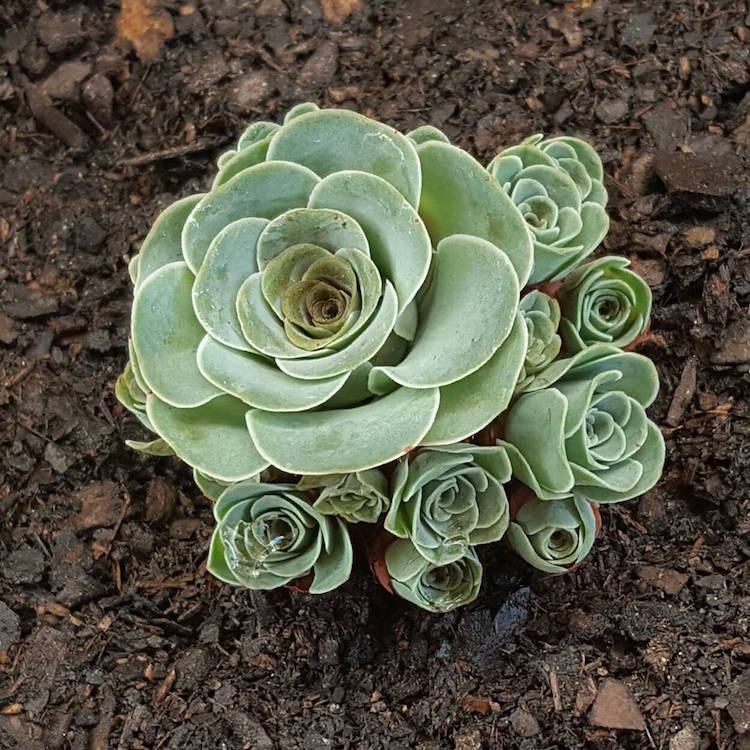
Rose Succulents Look Like Tiny Blossoming Flowers from a Fairy Tale
The rose succulent is actually made up of leaves packed so tightly together, they look like petals! I definitely thought these were roses at first glance, though when you look closer, you can see the slight difference in shape.. This plant also goes dormant if the temperature goes above 85°F, and during this time, it should be kept in a.

Species Spotlight Aeonium Rosette Succulents! The Succulent
The rose succulent is a rare plant hailing from the Canary Islands. Thankfully with the internet, it's pretty easy to find seeds. The small plants reach 6-inches tall when fully mature.
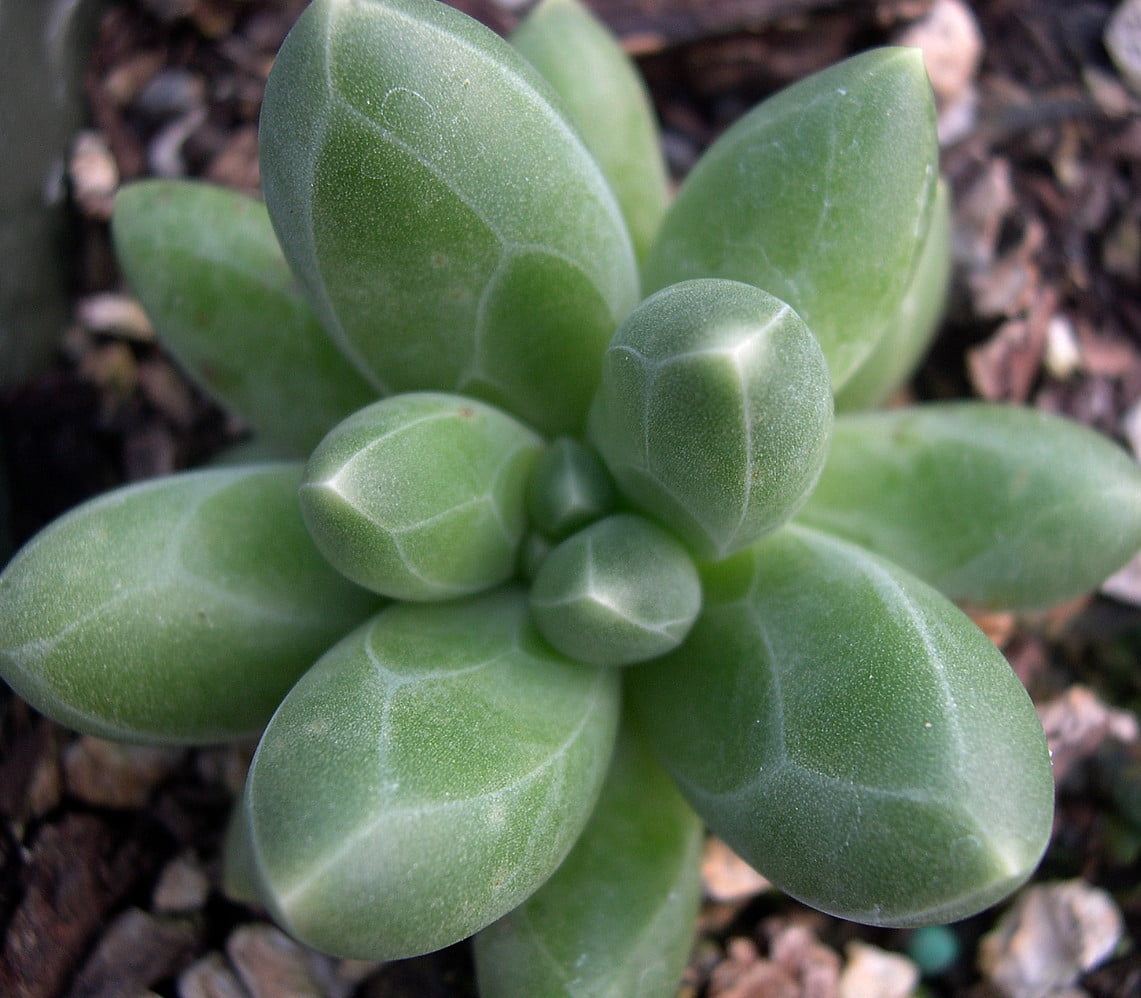
Little Jewel Desert Rose Succulent Plant Pachyphytum compactum 2.5
Choose a pot that is two or more inches larger than the current pot. Terracotta and ceramic pots are best for desert roses as they allow for proper airflow and drainage. Before you repot, allow the soil in the current pot to dry completely. Remove the succulent from the current pot and shake the old soil from the plant.
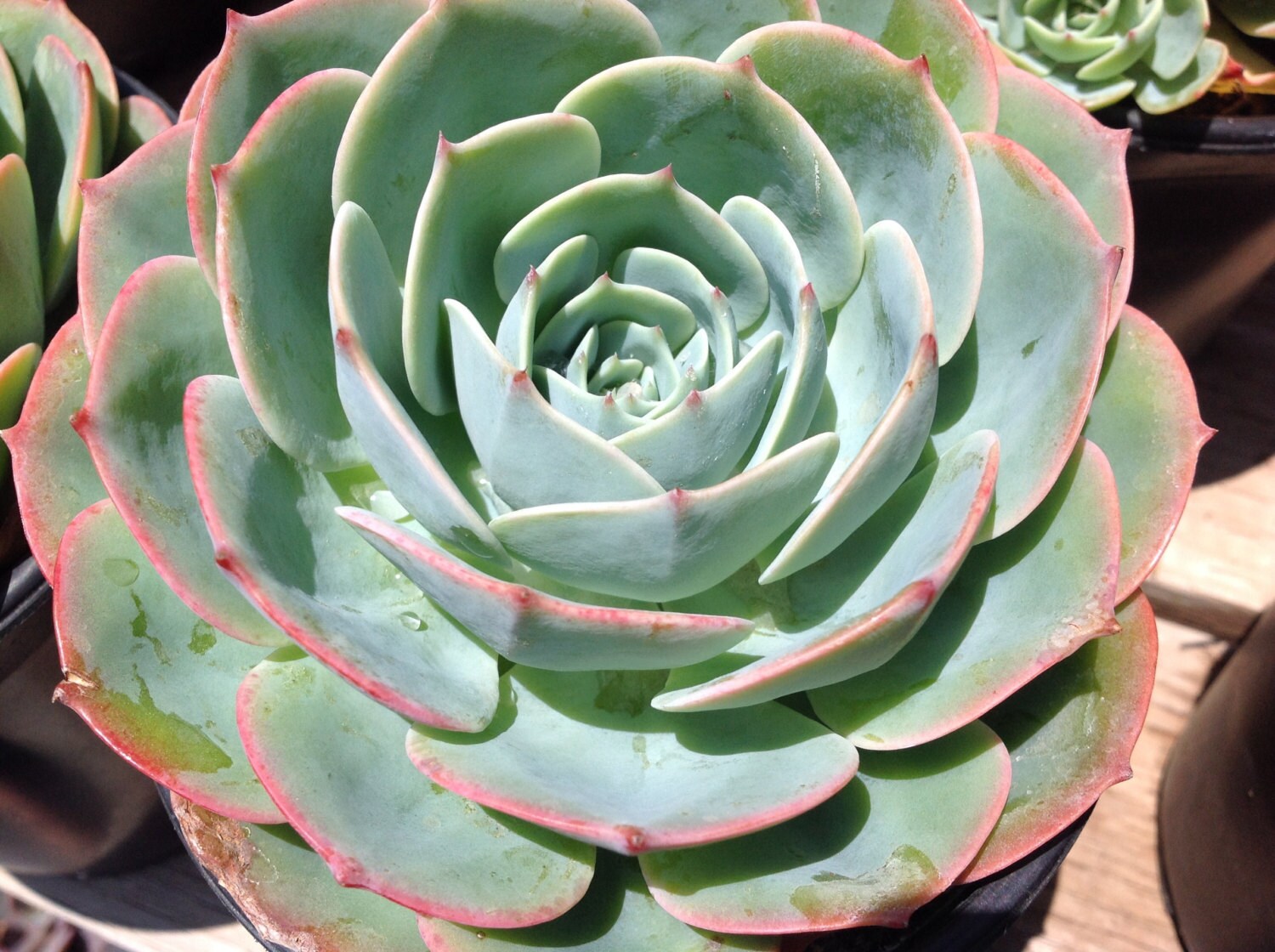
Succulent plant Echeveria Blue Rose 'Imbricata'
9. Echeveria gibbiflora. This beautiful rose succulent arrives from the Crassulaceae family and has a stunning lilac purple shade with pink highlights. This pastel succulent produces bell-shaped yellow and red flowers. You should avoid overwatering the plant and letting it sit in the water as that might rot the plant.

NEW 297 SUCCULENT ROSE PLANT succulent plants
Rose succulent plants prefer low-humidity environments, so avoid misting or placing them in a bathroom or other humid areas. Temperature. Rose succulents thrive in temperatures between 60-80°F (15-27°C). They can tolerate cooler temperatures but should be protected from frost and freezing temperatures.
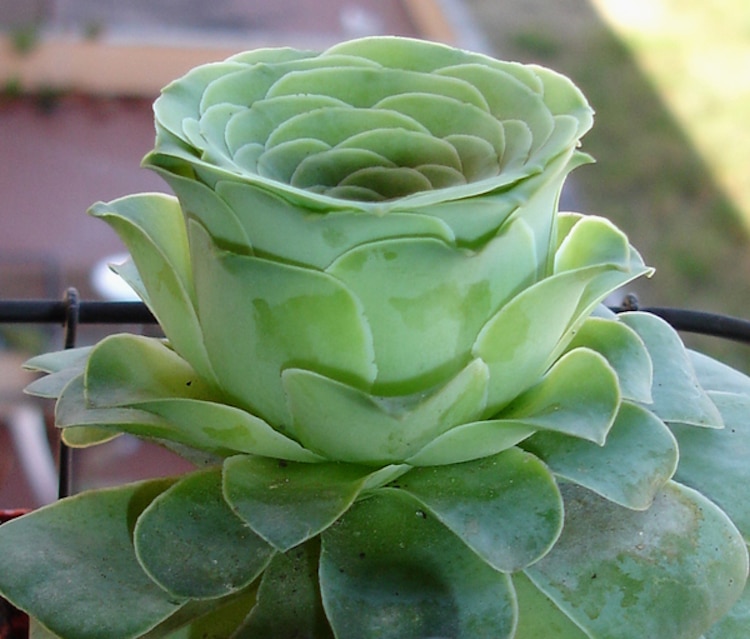
Rose Succulents Look Like Tiny Blossoming Flowers from a Fairy Tale
Black rose succulents require temperatures of between 70 and 85°F (21-24°C). This shouldn't be difficult indoors because a healthy room temperature range is between 68-77°F (20-25°C). Only water your succulent when its soil feels dry to the touch. Indoors, you should generally water the plant every week or so.

Aeonium Black Rose Zwartkopf in 2020 Succulents, Cacti and succulents
Water. The Blue Rose Echeveria is used to very dry conditions, and therefore it does not need a lot of water. It is even able to survive short periods of drought. When planting this succulent in containers, the container should have adequate drainage holes at the bottom, so that the excess water can run off freely.

Cabbage rose shaped cacti Succulent Succulents, Plants, Cactus and
To plant rose succulents, start the process in the spring and begin with a container that has drainage holes, says Instagram plant guru @highway92succulents. She likes to use a cactus mix that you can buy ready-made or make your own at home. A home concoction calls for 2/3 good potting soil (like Super Soil or Miracle Grow) and modify that with.
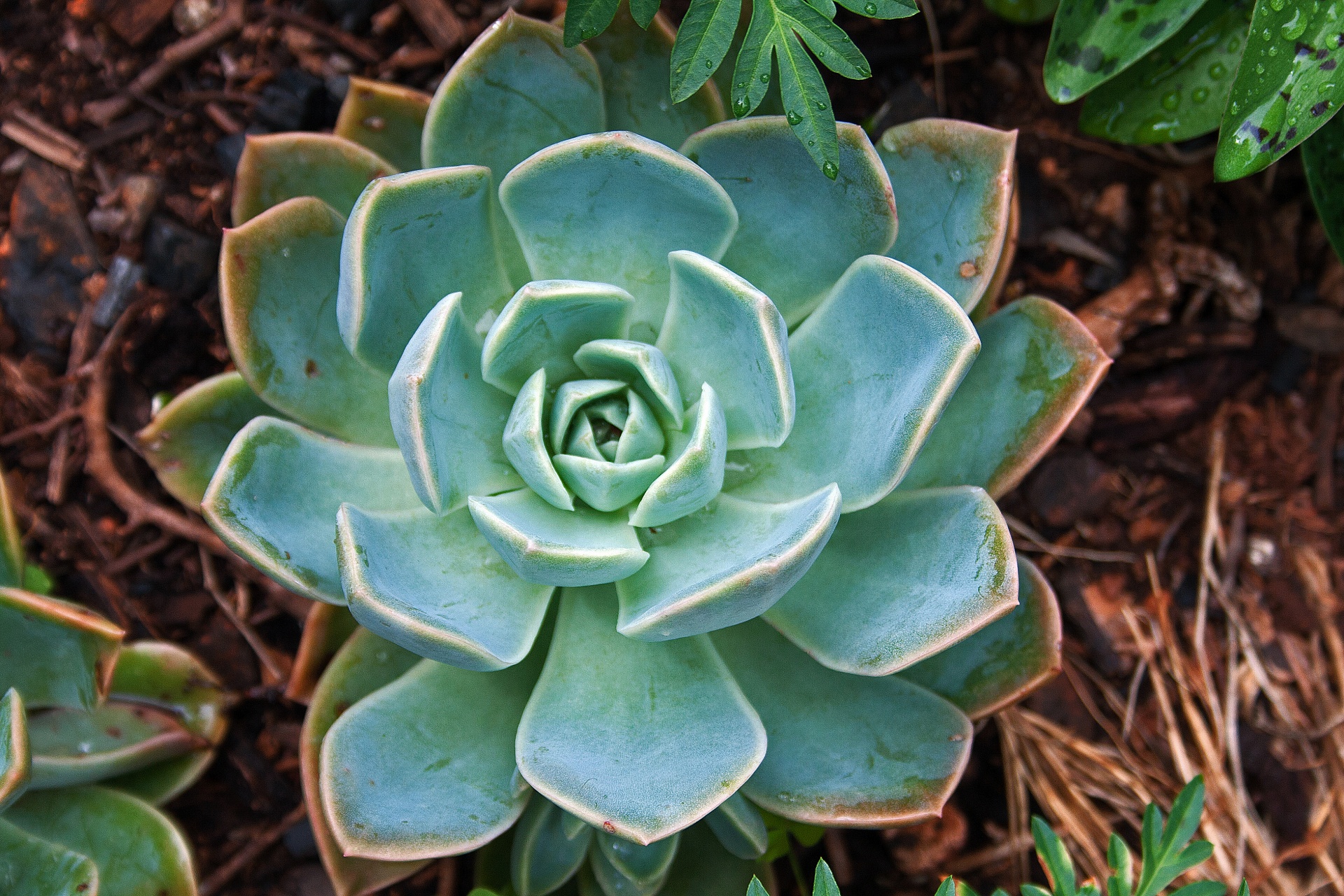
Succulent Desert Rose Free Stock Photo Public Domain Pictures
Baby Sun Rose propagation by cuttings is the most popular method. To propagate M. cordifolium through cuttings, follow these steps: Gather stem cuttings from the succulent plant. Cut the cuttings with a sharp, sterilized blade at a 45-degree angle to expose more inner tissues. Allow the cuttings to dry for a few days.
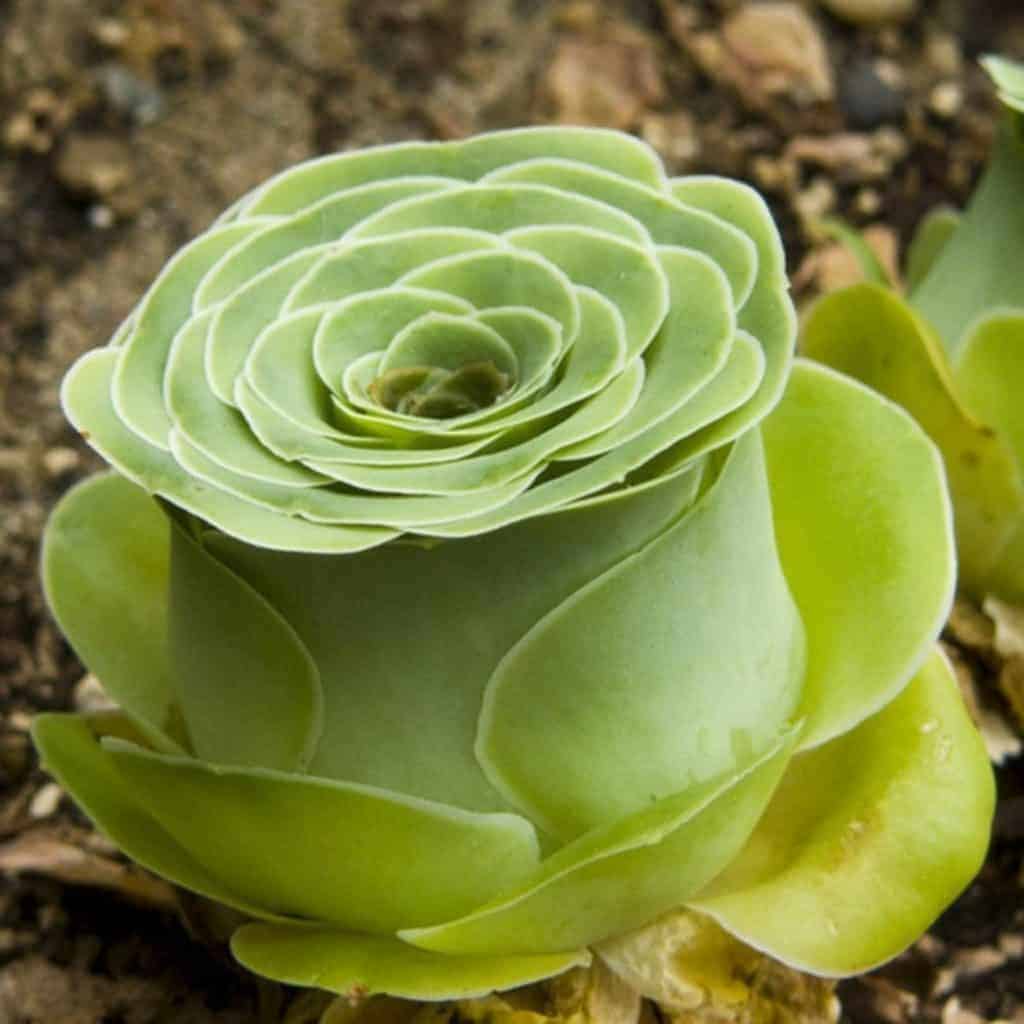
Rose Succulent Care (Greenovia dodrantalis) Sublime Succulents
The Irish Rose succulent, a gem in the world of horticulture, has been a favorite for both novice and seasoned gardeners. Its captivating appearance, combined with its resilience, makes it a sought-after addition to gardens, patios, and indoor plant collections. But what truly sets the Irish Rose apart? Read on this article: The Comprehensive Guide To The Irish Rose Succulent (Aeonium Arboreum).
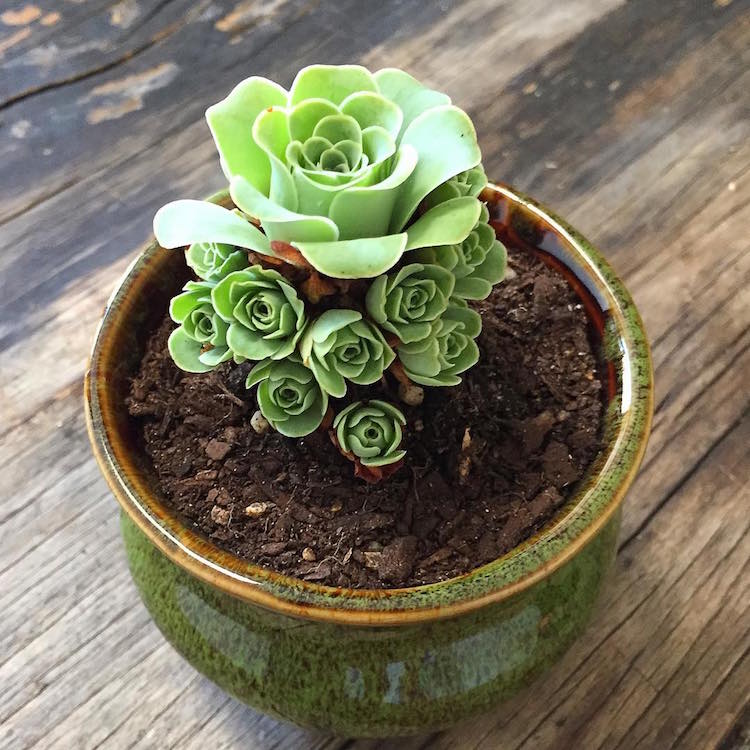
Rose Succulents Look Like Tiny Blossoming Flowers from a Fairy Tale
Pearl of Nurnberg. Botanical Name: Echeveria 'Perle von Nürnberg'. With its powdery lavender-gray leaves delicately tipped in pink, this succulent resembles a blooming rose, showcasing a mesmerizing blend of colors and a rosette shape that exudes elegance. 11. Happy Plant. Botanical Name: Sedeveria 'Blue Elf'.
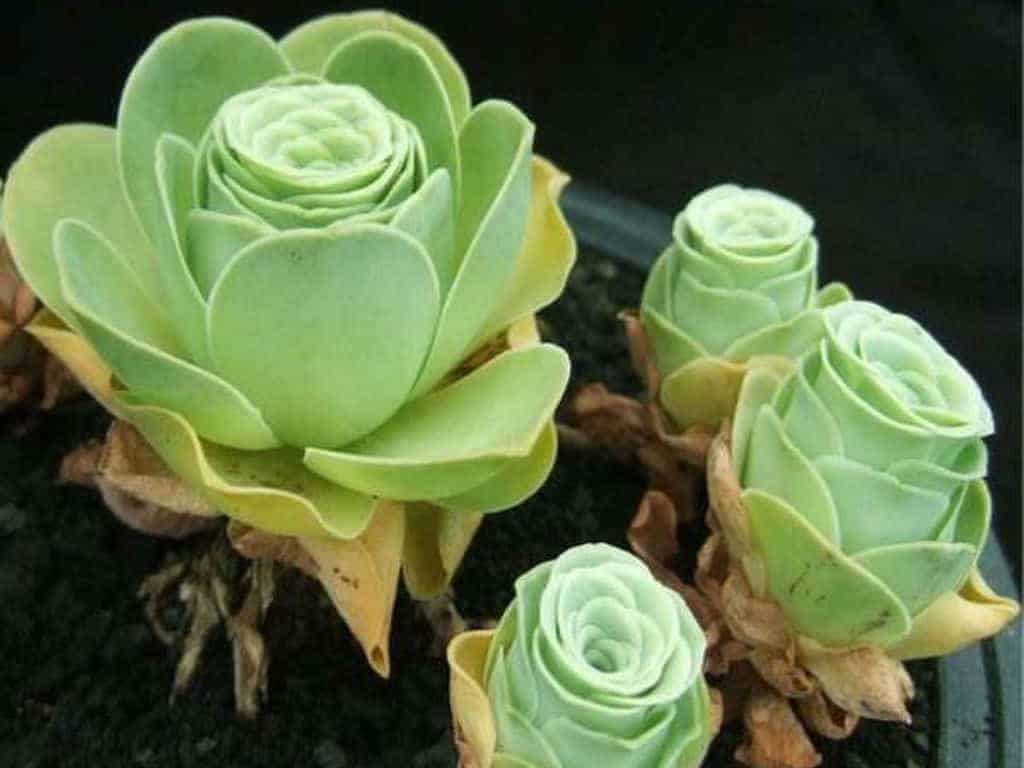
Rose Succulent Care (Greenovia dodrantalis) Sublime Succulents
Ideal for low-maintenance and water-wise gardens, Aptenia cordifolia 'Variegata' (Baby Sun Rose) is a trailing succulent perennial forming a thick carpet of fleshy, heart-shaped, glossy green leaves adorned with creamy-white edges. A profusion of bright pink or purplish, small daisy flowers are produced in spring and summer - nearly year.
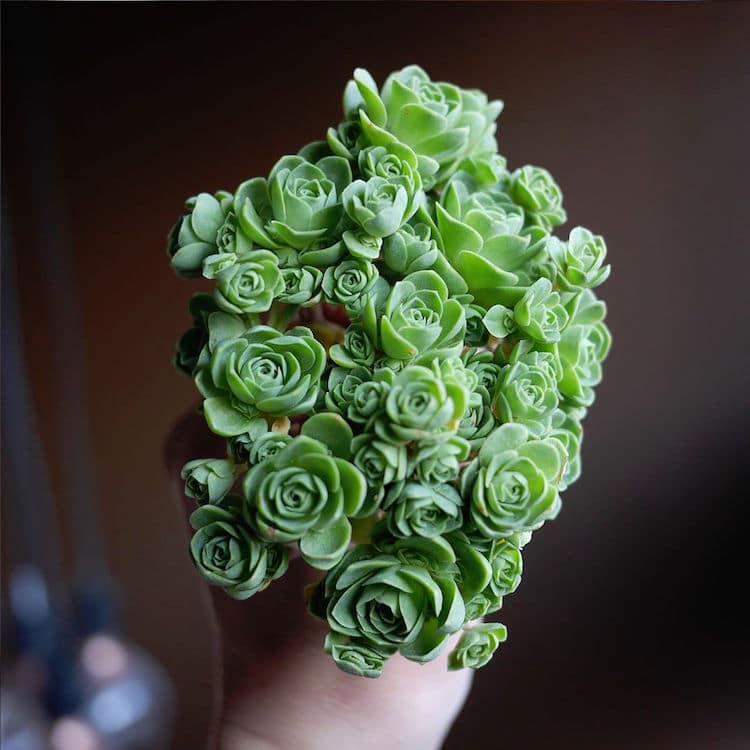
Rose Succulents Look Like Tiny Blossoming Flowers from a Fairy Tale
Mother Nature has blessed with us with a plethora of succulents, which are available in a number of forms, including: String of Pearls. Green Goddess. "watch chain" (Crassula Lycopiodes) Lilac Mist Sedeveria. Out of the several various types of succulent plants available, rose succulents are deemed the most stunningly beautiful and the most.
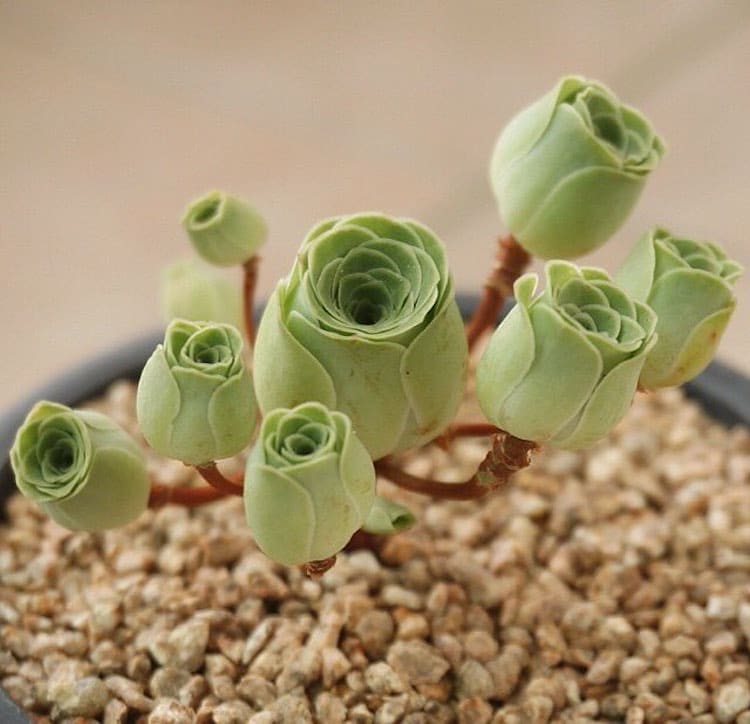
Rose Succulents Look Like Tiny Blossoming Flowers from a Fairy Tale
Kim Chen / Rare_Succulent How to Care for Rose Succulents . Greenovia pink mountain rose is a hardy plant that grows well with a combination of sunlight and shade, and well-drained soil. During their summer dormant season, Baldwin suggests placing rose succulents in bright shade; otherwise, their rosettes will close to conserve moisture and protect their vital cores from sunburn.